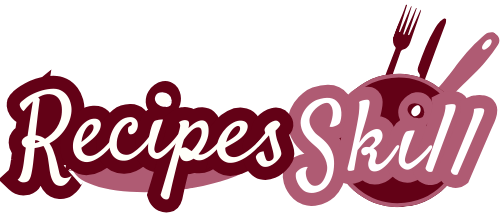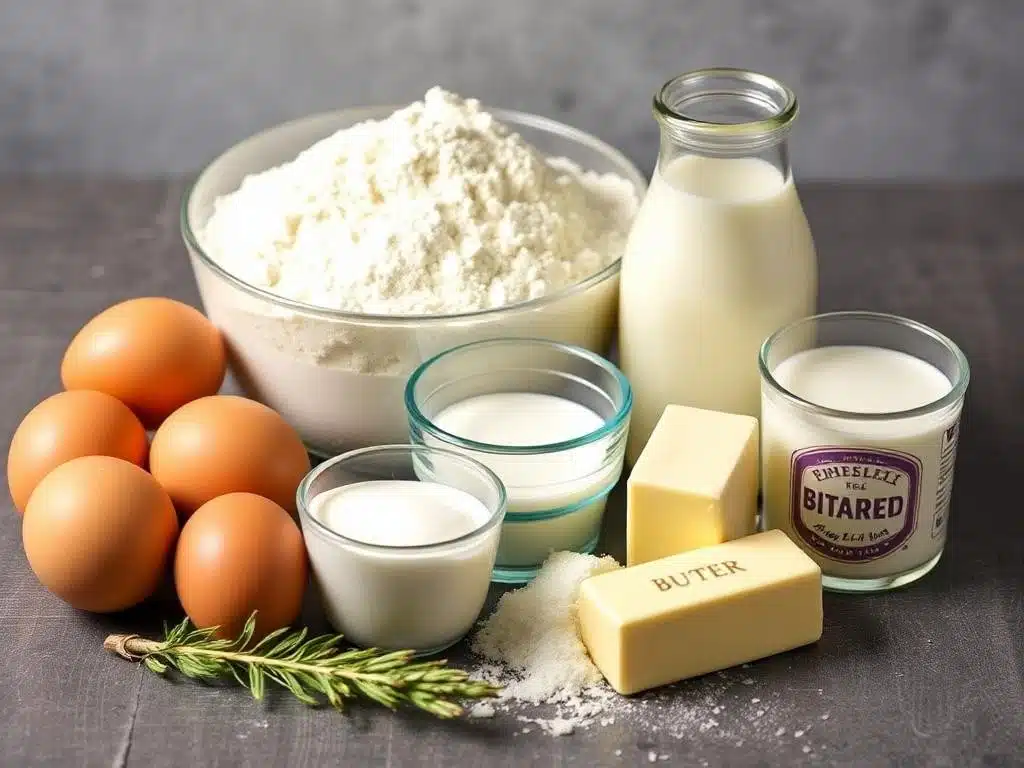Are you ready to dive into the delightful world of egg bread? This scrumptious treat is not just a simple loaf; it’s a culinary experience that brings together the richness of eggs and the comforting texture of freshly baked bread. Whether you’re looking to whip up a quick breakfast, impress guests at brunch, or simply indulge in a warm slice slathered with butter, this egg bread recipe has got you covered. In this article, we’ll explore everything from the history and cultural significance of egg bread to a step-by-step guide on how to make it at home. So, let’s get cracking!
What is Egg Bread?
Egg bread is a delightful type of bread that incorporates eggs into the dough, giving it a rich flavor and a soft, tender crumb. This versatile bread can be enjoyed in various forms, from sweet to savory, and is often used in dishes like French toast or sandwiches. The addition of eggs not only enhances the taste but also contributes to the bread’s nutritional value, making it a wholesome choice for breakfast or any meal of the day.
The Cultural Significance of Egg Bread
Throughout history, egg bread has held a special place in many cultures around the world. For instance, in Jewish cuisine, challah is a traditional egg bread often braided and served during Shabbat and holidays. In other cultures, variations of egg bread can be found, such as the Italian panettone or the French pain au lait. Each version carries its own unique flavors and traditions, showcasing the versatility of this beloved bread.
As we delve deeper into this article, you’ll discover not only how to make your own egg bread but also the rich tapestry of history and culture that surrounds it. So, let’s move on to the next part, where we’ll gather all the essential ingredients needed for this delightful recipe!
Ingredients for Egg Bread
When it comes to crafting the perfect egg bread, having the right ingredients is crucial. Each component plays a vital role in achieving that soft, fluffy texture and rich flavor that makes this bread so irresistible. Let’s break down the essential ingredients and explore some optional variations that can elevate your egg bread recipe to new heights.
Essential Ingredients
To create a classic egg bread, you’ll need the following essential ingredients:
- Flour: All-purpose flour is typically used, but you can experiment with bread flour for a chewier texture.
- Eggs: The star of the show! Eggs add moisture, richness, and a beautiful golden color to the bread.
- Yeast: Active dry yeast or instant yeast helps the bread rise, creating that light and airy structure.
- Milk: Whole milk or any milk of your choice adds creaminess and enhances the flavor.
- Sugar: A touch of sugar not only sweetens the bread but also helps with browning during baking.
- Salt: Essential for flavor, salt also strengthens the dough and controls yeast activity.
- Butter: Melted butter enriches the dough, giving it a tender crumb and a delightful taste.
Optional Ingredients and Variations
While the essential ingredients are key to a traditional egg bread recipe, you can also get creative with optional ingredients and variations:
- Herbs and spices: Adding herbs like rosemary or spices like cinnamon can give your bread a unique twist.
- Cheese: Incorporating cheese, such as cheddar or feta, can create a savory version that’s perfect for sandwiches.
- Vegetables: Chopped spinach or sun-dried tomatoes can add flavor and nutrition to your egg bread.
- Sweeteners: For a sweeter bread, consider using honey or maple syrup instead of sugar.
With these ingredients in hand, you’re well on your way to baking a delicious loaf of egg bread. Next, we’ll discuss the equipment you’ll need to make this recipe a success! ## Part 3: Equipment Needed
Before you start mixing and kneading, it’s essential to gather the right equipment for your egg bread recipe. Having the proper tools will make the process smoother and more enjoyable, ensuring that your bread turns out perfectly every time. Let’s take a look at the kitchen tools and appliances that will help you create this delightful bread.
Kitchen Tools
Here are some basic kitchen tools you’ll need:
- Mixing bowls: A set of mixing bowls in various sizes will help you combine ingredients and allow for rising.
- Measuring cups and spoons: Accurate measurements are crucial in baking, so make sure you have a reliable set of measuring tools.
- Baking pan: A loaf pan is ideal for shaping your egg bread, but you can also use a round or square pan for different styles.
Recommended Appliances
In addition to the basic tools, consider these appliances to make your baking experience easier:
- Stand mixer: A stand mixer with a dough hook attachment can save you time and effort when kneading the dough, ensuring a consistent texture.
- Oven thermometer: To achieve the perfect baking temperature, an oven thermometer can help you monitor the heat, as many ovens can be off by a few degrees.
With your equipment ready, you’re all set to dive into the heart of the process: making the dough! In the next part, we’ll walk through the step-by-step egg bread recipe, guiding you from mixing the ingredients to baking the perfect loaf.
Step-by-Step Egg Bread Recipe
Now that you have your ingredients and equipment ready, it’s time to roll up your sleeves and get baking! This step-by-step guide will walk you through the entire process of making egg bread, from preparing the dough to baking it to golden perfection. Let’s get started!
Preparing the Dough
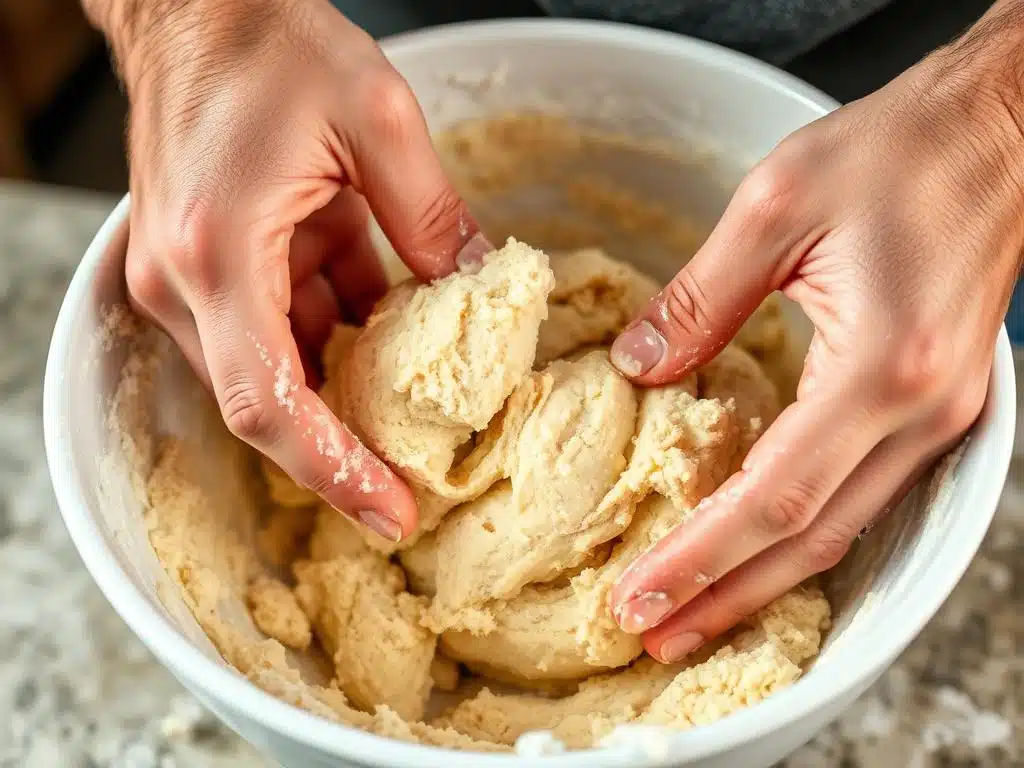
The first step in your egg bread recipe is to prepare the dough. Here’s how to do it:
- Mixing dry ingredients: In a large mixing bowl, combine 4 cups of all-purpose flour, 2 tablespoons of sugar, and 1 teaspoon of salt. Whisk them together to ensure even distribution.
- Activating yeast: In a separate bowl, combine 1 packet (2 ¼ teaspoons) of active dry yeast with 1 cup of warm milk (about 110°F or 43°C). Let it sit for about 5-10 minutes until it becomes frothy. This step is crucial as it activates the yeast, ensuring your bread rises properly.
- Combining wet and dry ingredients: Once the yeast is activated, add 2 large eggs and 4 tablespoons of melted butter to the yeast mixture. Stir to combine. Gradually add the wet mixture to the dry ingredients, mixing until a shaggy dough forms.
Kneading the Dough
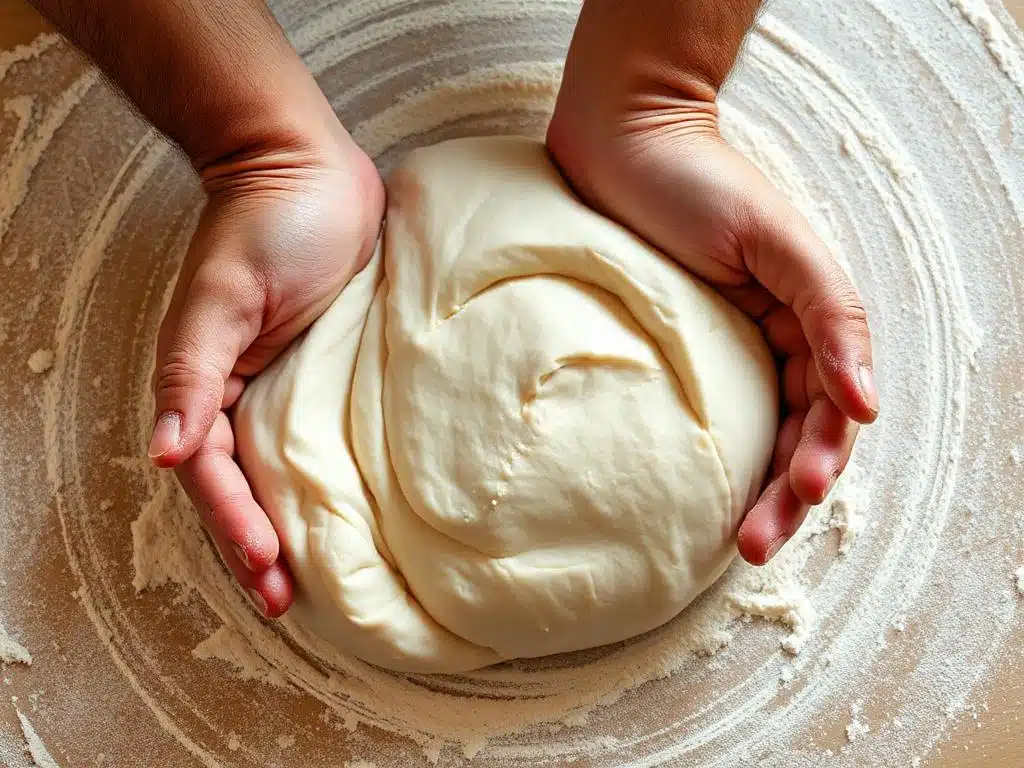
Now that your dough is combined, it’s time to knead it:
- Techniques for kneading: Transfer the dough onto a lightly floured surface. Knead the dough for about 8-10 minutes, using the heel of your hand to push it away and then folding it back over itself. This process develops the gluten, which gives the bread its structure.
- Importance of gluten development: You’ll know the dough is ready when it’s smooth and elastic. If it’s too sticky, sprinkle a little more flour as needed, but be careful not to add too much, as it can make the bread dense.
First Rise
After kneading, it’s time for the dough to rise:
- Covering and resting the dough: Place the kneaded dough in a lightly greased bowl, cover it with a clean kitchen towel or plastic wrap, and let it rise in a warm, draft-free area for about 1-2 hours, or until it doubles in size.
- Ideal temperature for rising: The ideal temperature for rising is around 75°F to 80°F (24°C to 27°C). If your kitchen is cool, you can place the bowl in a slightly warm oven (turned off) to help the dough rise.
Shaping the Bread
Once the dough has risen, it’s time to shape it:
- Techniques for shaping: Gently punch down the dough to release the air. Turn it out onto a floured surface and shape it into a loaf by flattening it into a rectangle, then rolling it tightly from one end to the other.
- Tips for a uniform loaf: Pinch the seams to seal and tuck the ends under to create a smooth surface. Place the shaped loaf seam-side down in a greased loaf pan.
Second Rise
Before baking, the dough needs a second rise:
- Importance of the second rise: Cover the loaf with a towel and let it rise again for about 30-45 minutes, or until it has puffed up. This step is essential for achieving that light, airy texture.
Baking the Egg Bread
Finally, it’s time to bake your egg bread:
- Oven settings: Preheat your oven to 350°F (175°C).
- Baking time and temperature: Bake the loaf for 30-35 minutes, or until it’s golden brown and sounds hollow when tapped on the bottom. If the top browns too quickly, you can cover it loosely with aluminum foil.
Once baked, remove the bread from the oven and let it cool in the pan for about 10 minutes before transferring it to a wire rack to cool completely.
With your egg bread now baked to perfection, you’re ready to enjoy it fresh out of the oven! In the next part, we’ll share some tips for perfecting your egg bread and avoiding common mistakes.
Tips for Perfect Egg Bread
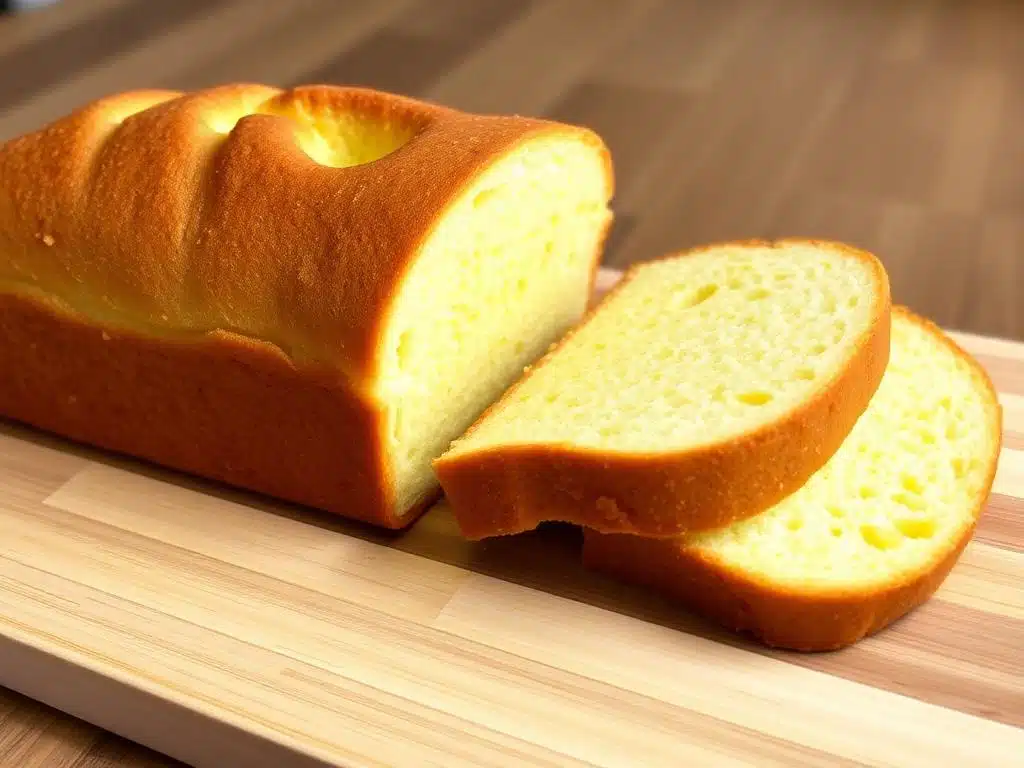
Baking egg bread can be a rewarding experience, but there are a few tips and tricks that can help you achieve the best results. Whether you’re a seasoned baker or a novice in the kitchen, these insights will ensure your egg bread recipe turns out perfectly every time. Let’s dive into some common mistakes to avoid and how to store and reheat your delicious creation.
Common Mistakes to Avoid
Even the most experienced bakers can run into a few hiccups along the way. Here are some common mistakes to watch out for:
- Over-kneading: While kneading is essential for developing gluten, over-kneading can lead to tough bread. Aim for a smooth, elastic dough, but don’t go overboard. If you notice the dough becoming too firm, it’s time to stop.
- Under-proofing: Skipping the rising times can result in dense bread. Make sure to give your dough enough time to rise properly. If you’re in a hurry, find a warm spot in your kitchen to speed up the process, but don’t rush it too much.
Storage and Reheating Tips
Once you’ve baked your egg bread, you’ll want to store it properly to maintain its freshness. Here are some best practices:
- Best practices for storing: Allow your egg bread to cool completely before wrapping it in plastic wrap or placing it in an airtight container. This will help prevent moisture loss and keep the bread soft. For longer storage, consider freezing it.
- How to reheat without drying out: To reheat your egg bread, slice it and place it in a toaster or oven. If using an oven, wrap the slices in aluminum foil to retain moisture. Heat at 350°F (175°C) for about 10 minutes, or until warmed through.
With these tips in mind, you’re well-equipped to bake and enjoy your egg bread to the fullest. Next, let’s explore some delicious serving suggestions that will elevate your egg bread experience!
Serving Suggestions
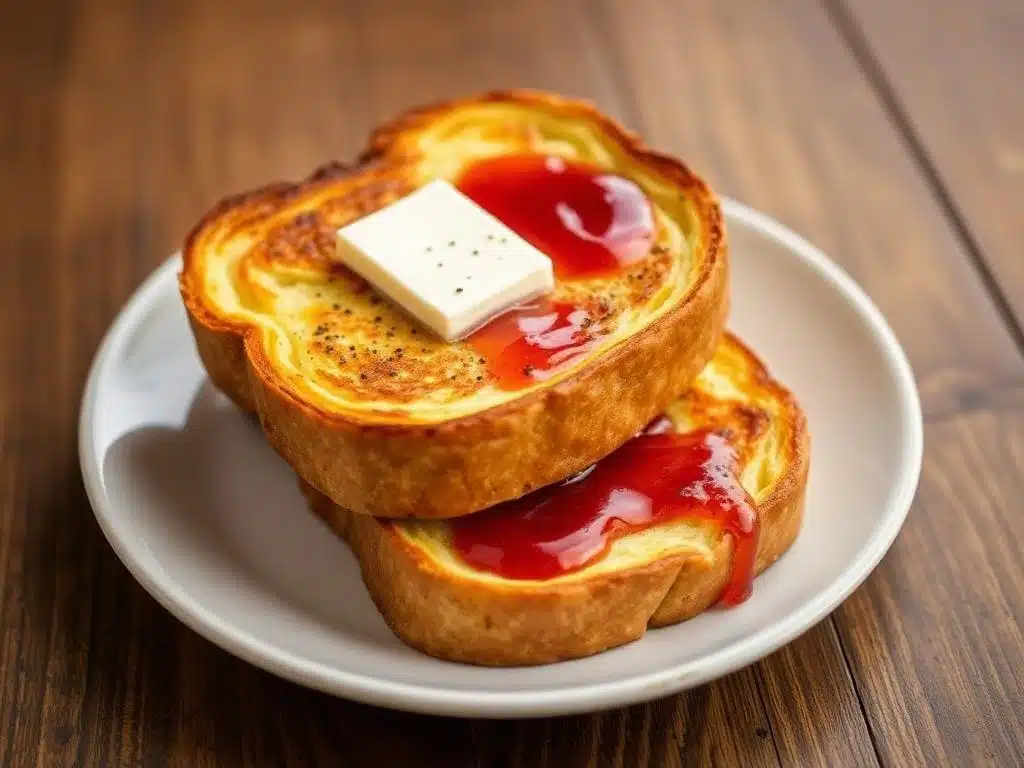
Now that you’ve mastered the art of baking egg bread, it’s time to think about how to serve it. This versatile bread can be enjoyed in a variety of ways, making it a fantastic addition to any meal. Let’s look at some pairing options and creative uses for your freshly baked egg bread.
Pairing with Dishes
Egg bread is perfect for breakfast, lunch, or dinner. Here are some pairing ideas:
- Breakfast options: Serve warm slices of egg bread with butter and jam for a classic breakfast treat. You can also use it as a base for French toast, topped with fresh fruit and syrup for a delightful morning meal.
- Lunch and dinner pairings: For lunch, consider making a sandwich with your favorite fillings, such as turkey, cheese, and fresh veggies. For dinner, egg bread can be served alongside soups or salads, adding a comforting touch to your meal.
Creative Uses for Egg Bread
Don’t limit yourself to just serving egg bread as is! Here are some creative ways to enjoy it:
- French toast: Transform your egg bread into a delicious French toast by soaking slices in a mixture of eggs, milk, and cinnamon, then frying them until golden brown. Serve with maple syrup and powdered sugar for a decadent breakfast.
- Sandwiches: Use egg bread for sandwiches, whether savory or sweet. Try a grilled cheese with gooey melted cheese or a sweet sandwich with Nutella and banana slices for a delightful treat.
Nutritional Information
Understanding the nutritional value of your egg bread can help you make informed choices about incorporating it into your diet. Let’s break down the caloric content and explore the health benefits of the ingredients used in this delicious recipe.
Caloric Breakdown
A typical slice of homemade egg bread (about 1 ounce) contains approximately 80-100 calories, depending on the specific ingredients used. Here’s a rough breakdown of the calories from the main components:
- Flour: 70 calories
- Eggs: 20 calories
- Milk: 10 calories
- Butter: 35 calories (per tablespoon)
Keep in mind that these values can vary based on the type of flour, milk, and butter you choose.
Health Benefits of Ingredients
The ingredients in egg bread not only contribute to its delicious flavor but also offer several health benefits:
- Eggs: Packed with protein, vitamins, and minerals, eggs are a great source of nutrition. They contain essential amino acids and are known for their role in muscle repair and growth.
- Milk: Rich in calcium and vitamin D, milk supports bone health and contributes to overall well-being. It also adds creaminess to the bread, enhancing its flavor.
- Whole Wheat Flour: If you choose to use whole wheat flour, you’ll benefit from additional fiber, which aids digestion and helps maintain a healthy weight.
- Butter: While it adds richness and flavor, using butter in moderation can provide healthy fats that are essential for energy and nutrient absorption.
By understanding the nutritional aspects of your egg bread, you can enjoy it as part of a balanced diet. In the next part, we’ll address some frequently asked questions about egg bread, providing you with even more insights into this delightful recipe!
FAQs about Egg Bread
As you embark on your egg bread baking journey, you may have some questions. Here are answers to some frequently asked questions that can help clarify any uncertainties you might have.
1 Can I use whole wheat flour?
Absolutely! You can substitute whole wheat flour for all-purpose flour in your egg bread recipe. Just keep in mind that the texture may be denser, so you might need to adjust the liquid slightly to achieve the right consistency.
2 How do I know when the bread is done?
To check if your egg bread is done, tap the bottom of the loaf; it should sound hollow. Additionally, the top should be golden brown, and a toothpick inserted into the center should come out clean.
3 Can I make egg bread without yeast?
Yes, you can make a quick version of egg bread using baking powder instead of yeast. However, the texture will differ, as yeast provides that light, airy quality that traditional egg bread is known for.
4 How long does egg bread last?
When stored properly in an airtight container, egg bread can last for about 3-5 days at room temperature. If you want to keep it longer, consider freezing it for up to 3 months.
5 Can I freeze egg bread?
Definitely! To freeze egg bread, slice it and wrap each slice in plastic wrap, then place them in a freezer bag. This way, you can easily grab a slice whenever you want a quick treat.
6 What can I add to egg bread for flavor?
You can enhance the flavor of your egg bread by adding ingredients like herbs, spices, cheese, or even dried fruits. Experimenting with different combinations can lead to delightful variations!
With these FAQs answered, you’re now equipped with the knowledge to tackle any challenges that may arise while making your egg bread. In the final part, we’ll wrap up our exploration of this delightful recipe and encourage you to get creative in the kitchen!
Conclusion
In this article, we’ve journeyed through the wonderful world of egg bread, from understanding its cultural significance to mastering the step-by-step recipe. We’ve covered essential ingredients, equipment, and tips for perfecting your baking skills, ensuring that you can create a delicious loaf every time.
Now that you have all the tools and knowledge at your disposal, don’t hesitate to experiment with your egg bread recipe. Try different flavor combinations, shapes, and serving styles. The beauty of baking is in the creativity it allows, so have fun and enjoy the process! Happy baking!
If you’re looking to elevate your egg bread experience, consider pairing it with delicious sides or toppings. For instance, you might enjoy it alongside Crispy Nachos for a delightful contrast in textures. If you’re in the mood for something heartier, try serving it with Marry Me Chicken Pasta, which complements the richness of the egg bread beautifully. Additionally, if you’re curious about how to make your meals more exciting, check out our guide on How to Jazz Up Boring Pasta for some creative ideas.
